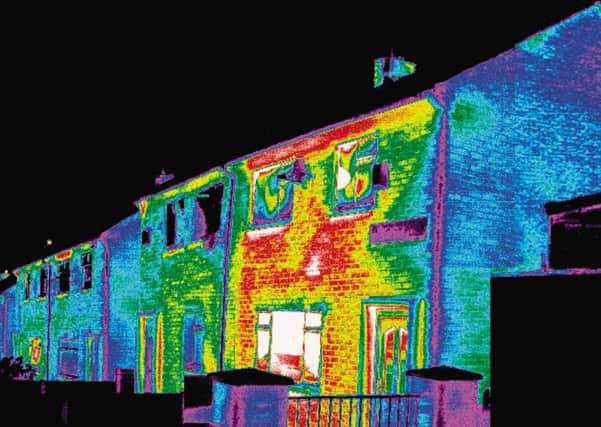Nicola Sturgeon’s £224m fuel poverty plan for homes


The new fuel poverty scheme will help as many as 28,000 people to stay warm over the next seven years.
Measures such as insulation, heating and domestic renewables are to be installed in households identified as fuel poor, as part of the Warmer Homes Scotland initiative.
Advertisement
Hide AdAdvertisement
Hide AdThe proposals were unveiled by Ms Sturgeon as the Scottish Government met in Coatbridge earlier today.
“Nothing is more important to me than responding to the real pressures that individuals and families across Scotland face,” Ms Sturgeon said.
“Through this scheme, the Scottish Government will deliver the best possible help to thousands of people who are blighted by fuel poverty, struggling to keep their homes warm and pay their energy bills.
“Warmer Homes Scotland is tailored to give vulnerable households living in fuel poverty access to measures to make their homes more energy efficient.
“Since 2009, we have allocated over half a billion pounds to make Scotland’s homes more energy efficient, which has helped over 700,000 households reduce their fuel bills.”
The First Minister unveiled the scheme after visiting a toddlers’ and local pensioners’ group based at Glenboig Community Centre.
She said people in rural and island areas will be offered the same service as those in urban centres.
Social Justice Secretary Alex Neil said: “Tackling inequality is at the heart of the Scottish Government’s commitment to creating a fairer country for all.
“People living in our island and rural mainland communities will have the same chances to make their homes easier to heat as people living in urban areas.”